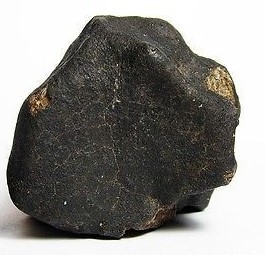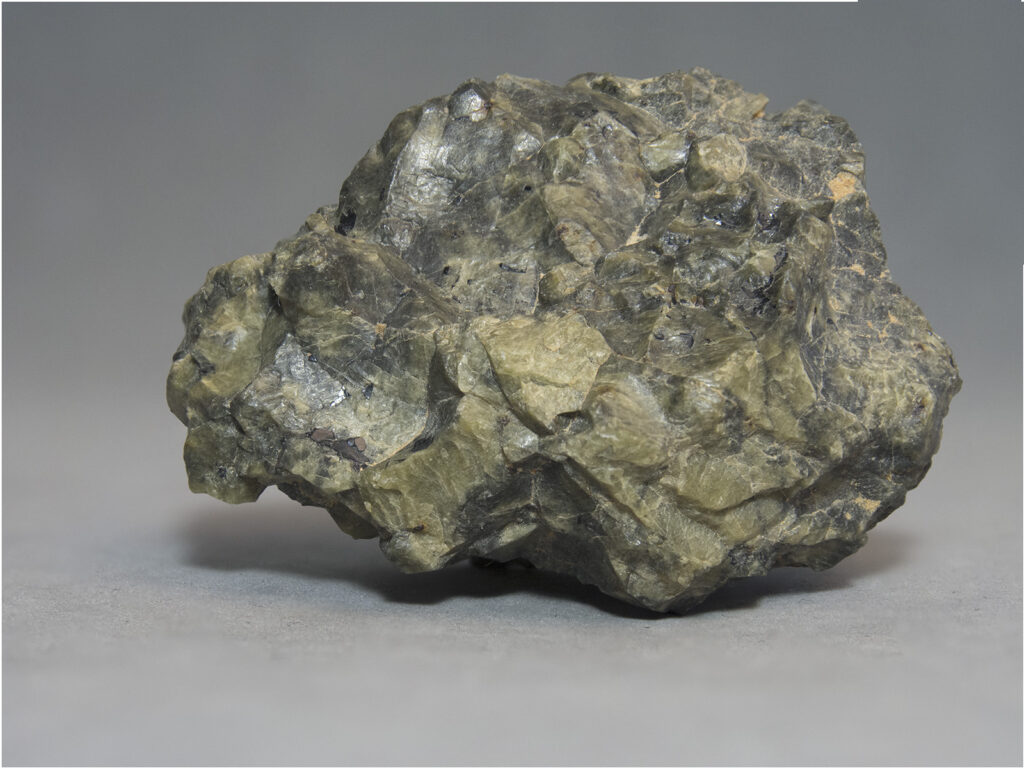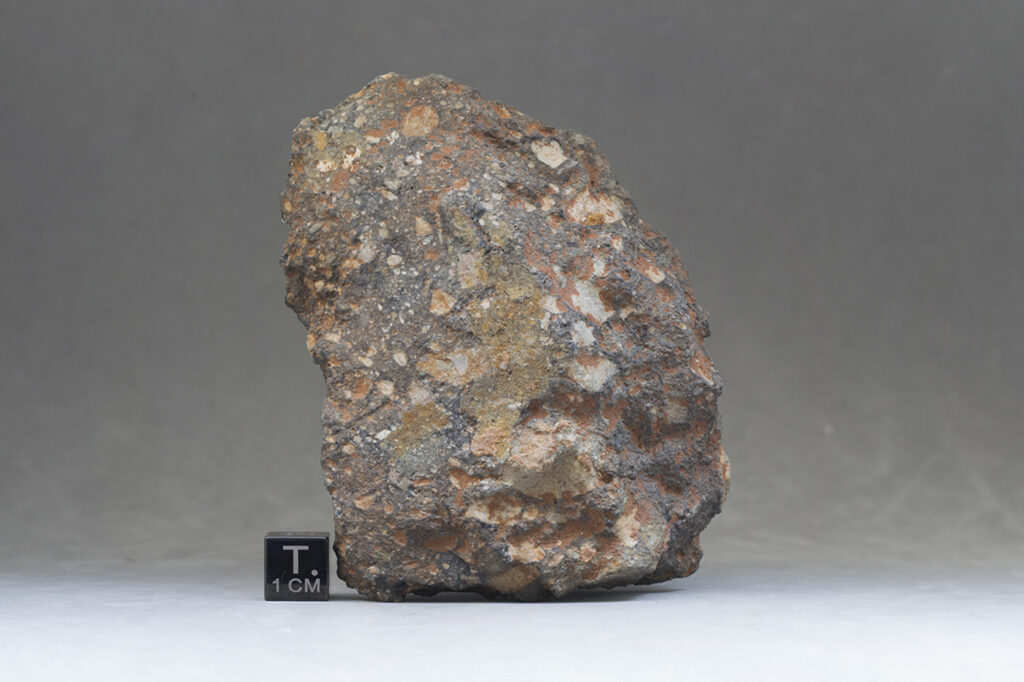Asteroid origin (99.4%)
I despise the Lottery. There’s less chance of you becoming a millionaire than there is of getting hit on the head by a passing asteroid.
Brian May
Asteroids are rocky bodies – from 1 meter large to 939 km (Ceres asteroid) – found mostly in the asteroid belt between Mars and Jupiter. Asteroids, which are much smaller than planets, are sometimes pulled out of the asteroid belt by the force of Jupiter’s gravity or by impacts of another asteroids. Many of these then travel toward the inner solar system where they can collide with Earth.
The Moon (0.4%)
That’s one small step for a man, one giant leap for mankind.
Neil Armstrong
Lunar meteorites are meteorites from the Moon. They are rocks found on Earth that were ejected from the Moon by the impact of an asteroidal meteoroid or possibly a comet.
How do we know these rocks come from the Moon ?
All meteorites contain certain isotopes (nuclides) that can only be produced by reactions with penetrating cosmic rays while outside the Earth’s atmosphere. The presence of cosmogenic nuclides is the ultimate test of whether or not a rock is a meteorite. All lunar meteorites that have been tested show evidence of cosmic-ray exposure.
The petrology of lunar meteorites is quite simple as only four minerals – pyroxene, olivine, plagioclase feldspar and ilmenite– account for 98-99% of the crystalline material of the lunar crust. Also, for lunar meteorites, scientists can tell that they come from the Moon as their composition is very similar to samples brought back from the Apollo lunar mission.
More info : https://sites.wustl.edu/meteoritesite/items/lunar-meteorites/
Lunar meteorites are hard to find because they look like ordinary terrestrial rocks. That’s why they are much easier to find in deserts as they differ from ground rocks. Virtually no lunar meteorite has been found in temperate environment. But there are many of those lunar rocks there, no doubt about it.

More info : https://sites.wustl.edu/meteoritesite/items/lunar-meteorites/
Mars (0.2%)
Mars is there, waiting to be reached.
Buzz Aldrin
Comets (< 0.03%)
Comets are like cats: they have tails, and they do precisely what they want.
David H. Levy
They follow
The shi





